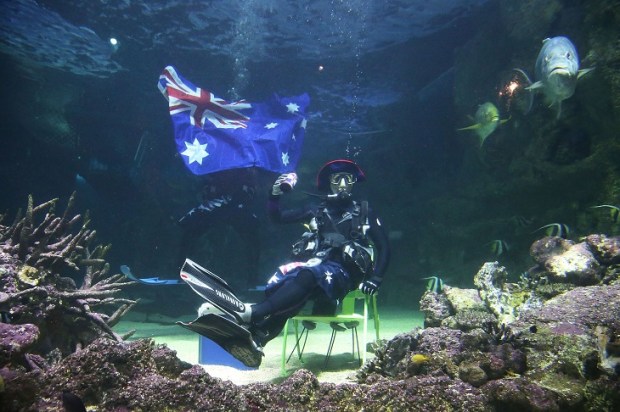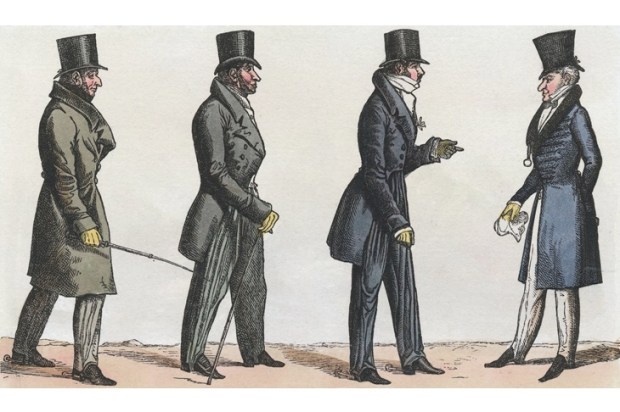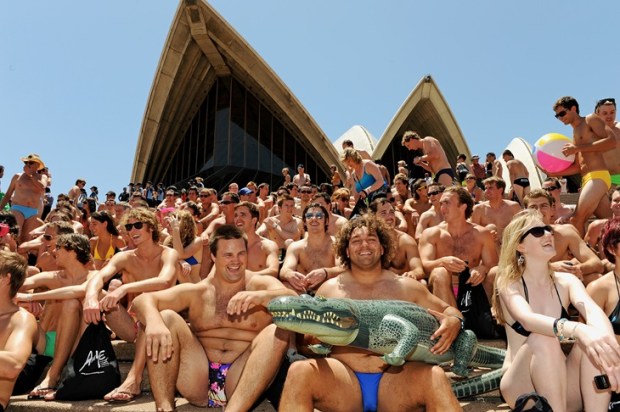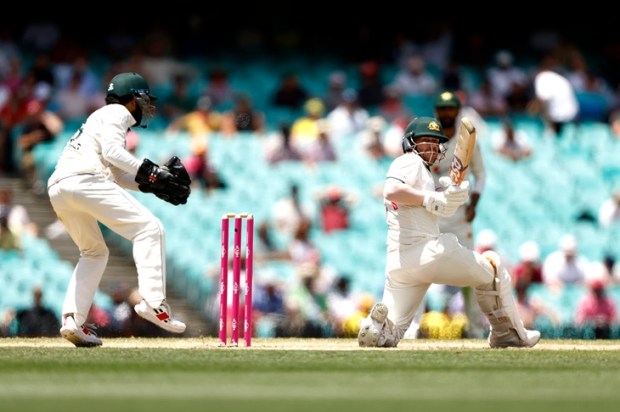Older readers may remember a TV show on the ABC in the 1970s called The Inventors. It was a bit like Shark Tank except, instead of potential investors, the participants presented their inventions to a panel of minor celebrities who questioned them on the usefulness of their contraptions. Except for journalist and TV presenter Diana ‘Bubbles’ Fisher, who only ever questioned them on their safety.
‘Is it safe?’ became a TV catchphrase for Bubbles. Every week my family would eagerly wait for her to ask whether or not a new style of clothes peg or camp toilet was safe, sending us into fits of laughter. Sure, it is a reasonable question to ask about new inventions, but for Bubbles it bordered on obsession. One might reasonably ask of every object on the planet, ‘Is it safe?’
Most people are generally able to make some sort of intuitive assessment of the safety of objects and activities. Be more careful climbing a ladder, say, than walking across your front lawn, because there’s further to fall. The question should be directed at hidden factors that may make a seemingly innocuous object or activity a death trap.
There are many objects and activities which are overtly dangerous, where there isn’t really a need to ask, ‘Is it safe?’ One shouldn’t need to check whether or not, say, a carving knife is safe. It’s not, if used in the wrong way. Even, occasionally, in the right way. User beware… Many useful household utensils might not be around today if they’d had to pass Bubbles’ safety criteria.
All of which makes me think of certain objects and activities from my childhood which aren’t around today, not just because they weren’t perfectly safe, but because they appeared more dangerous than they were. That was part of the thrill. We knew that and approached them accordingly.
Take fireworks for example. Every Queen’s birthday weekend, my neighbours would build a bonfire on the hill behind my house. It was one of the best nights of the year, up there with Christmas Eve and staying up for the F.A. Cup final. Around this roaring bonfire, we’d take turns lighting our Roman Candles, Sky Rockets, and Parachutes. Incredible fun, except for the occasional dud that didn’t go off.
We’d hear the stories of kids blowing their fingers off, but in all my days I never met a single fingerless kid from a fireworks accident. Most of us were smart enough to know that after lighting a string of Tom Thumbs placed strategically in a bull ant nest, it was best to walk away and watch from a distance. This is called risk assessment, and it’s best done with the brain. If I did my risk assessment purely on my gut, I’d never fly again.
Of course, there was always the idiot who went too far, holding a Roman Candle horizontally and sending everyone ducking for cover. But testing and learning limits and judgment is part of growing up. As is having fun. And it was hard to beat blowing up a model aeroplane with a Poha. Banned now, of course, although shredding people with a barrage of bullets in a video game, well, that is ‘safe’.
Then there were the diving boards at the local pool. Leaping off the 10-metre tower was a leap into adolescence and a rite of passage in my younger years. Once you climbed the ladder, it was almost braver to turn back and run the gauntlet of cries of ‘chicken’ than to jump, so once on the platform, you had little choice but to shuffle to the front, shivering and shaking, until you stood on the edge and threw yourself to your fate, like Butch Cassidy and the Sundance Kid. After the breathless drop and deep plunge into the water, however, resurfacing was accompanied by the elation of knowing you could now tell all and sundry, including mum and dad, that you’d jumped from the high tower.
Like the fireworks accidents, rumours circulated every summer of the boy who did a belly flop so hard that his guts split open, colouring the water with blood and clogging the pool filter with his entrails. As far as urban myths go, this one was up there with the serial killer’s hook found in the car door. But it was enough to have them removed. Now it’s hard to find a lowly three-metre or even a one-metre springboard. They seem to have disappeared, improving safety figures, but eliminating the delight of a well-executed ‘horsey’ or ‘nutcracker’ from higher than surface level.
Even walking home from school is a step into no man’s land judging by the fear surrounding it. I started walking home from school when I was four years old. It was a good mile-and-a-half, I’d guess. I was accompanied by my elder sister, a responsible 6-year-old. There were many different routes home, and we’d make decisions about which way we’d go today: up the lanes, or over the hill, or occasionally a more adventurous circuitous route. Each route included its notable landmarks, and we’d notice up close the changing of the flowers and leaves through the seasons. One way included passing a playground for a mandatory go on the swings.
We also got to know all the houses along the different routes, catching glimpses into people’s lives, some of families we knew, some of strangers. We got to know the dogs, the houses that had bird aviaries and cool cars, and the nasty people to stay clear of. Unconsciously, we built a language and mythology around the neighbourhood that expanded over our primary school years. By the end of fourth grade we had a cultural history to sustain us a lifetime. No one I ever knew was abducted by paedophile or alien.
It seems strange now, with ever greater surveillance and monitoring of our lives, that the threat of either of these things happening is perceived as so much worse that kids must be transported door-to-door in army-like SUVs, their heads buried in their smartphones as they miss the world going by in the backseat.
What those smartphones are also showing us, however, is a growing mental health epidemic, especially among younger generations. Kids who would once have simply considered a grazed knee or a missing tooth as the minor collateral damage of a play-filled childhood, are now obsessing over what gender they are, and why they can’t learn things that take longer than a minute of attention. And they live in a state of fear.
The world is, of course, a dangerous place, although far more dangerous when viewed through screens connected to a panopticon of cameras with their specially selected uploads. But most evidence suggests it is safer than ever, including in terms of human loss from natural disasters. Perhaps it’s too safe. So, let’s worry about the climate in one hundred years.
Don’t get me wrong. Heartbreaking accidents and bad things happen. We all know people who have lost children in tragic circumstances, including doing daft things. But those smartphones mentioned provide a drip feed of when and where such incidents happen anywhere on the globe, which can make us feel like we live permanently in an Indiana Jones tomb of booby traps and villains. But in most areas, you’d have more chance of winning the lotto than, say, being hit by a firework. Most of the tragedies still happen around activities that appear less dangerous, even if the statistics show otherwise: fishing, trampolining, taking a bath…
But maybe the Nanny ‘Bubbles’ State has her eyes on those next, as it pushes for a safety ‘Net Zero’, where the kids can live forever, perfectly ‘safe’ in a virtual world.
Diana Fisher OAM died on Australia Day this year, at the improbable age of 91, not from the flying part of a new vegetable dicer, but from non-Hodkin’s lymphoma. Vale.

























